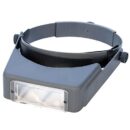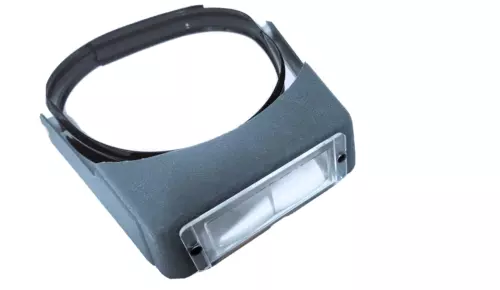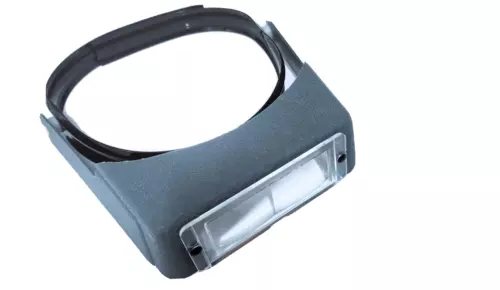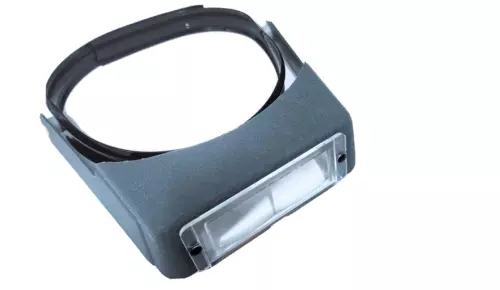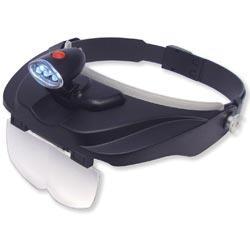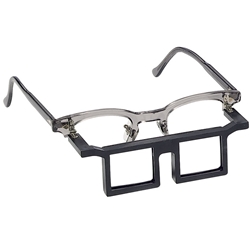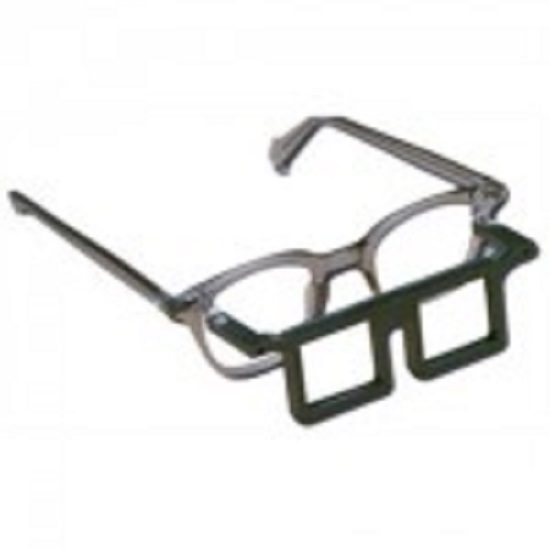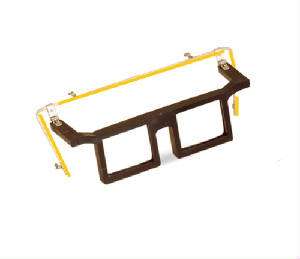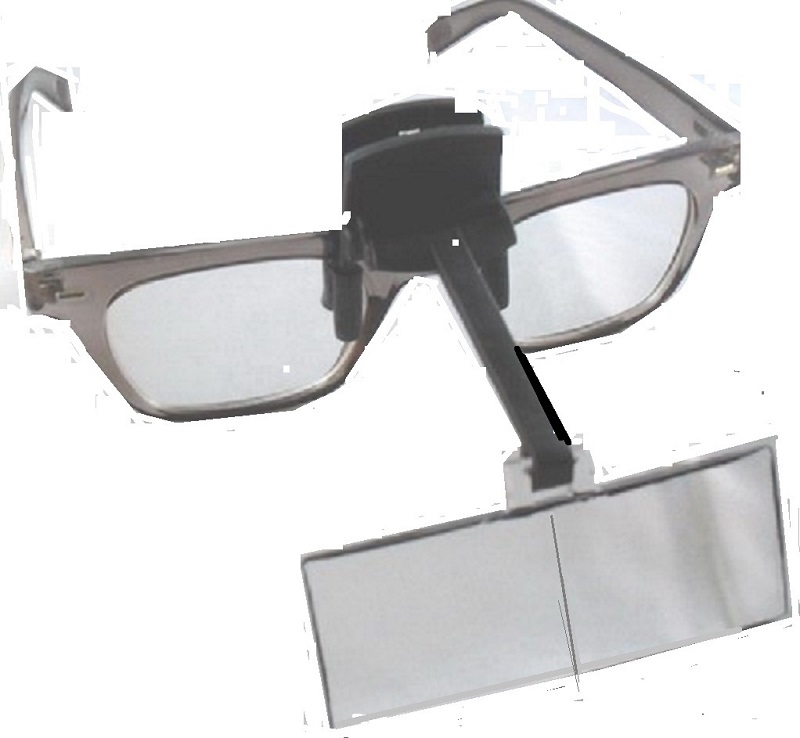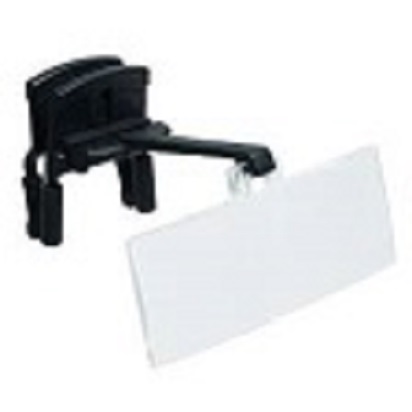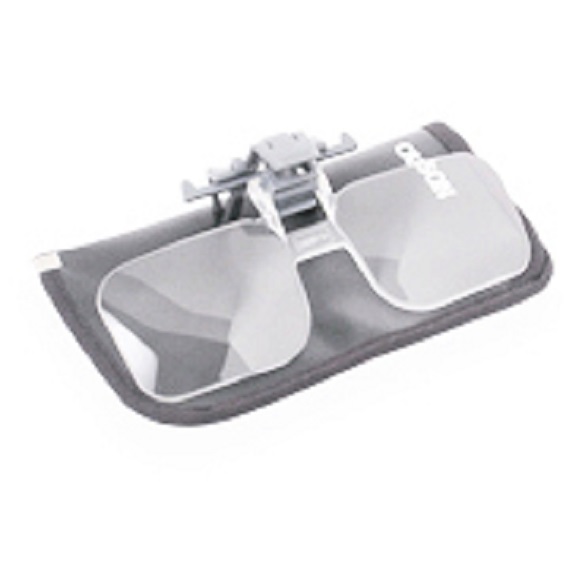Magnifying Glass Visor: The Hands-Free Solution for Precision and Clarity
Magnifying Glass Visor: Your Ultimate Guide to Choosing the Best One
If you’re here, you’re likely searching for the perfect magnifying glass visor to enhance your work, hobbies, or daily tasks.
Whether you’re a crafts enthusiast, a professional jeweler, or someone who simply needs a little extra visual clarity, we’ve got you covered.
Jewelers Magnifying Visors
Binocular vision. A magnifying glass visor can be very helpful for reading and crafts. It is a hands-free tool that allows for magnified vision from both eyes at the same time.
All models flip up: The lenses can tilt up or down for normal or magnified viewing.
Wear with glasses. A visor magnifying glasses can be worn with prescriptions lenses.
Adjustable headband: All models have adjustable headbands for comfort.
Other Magnifiers
Telesight Magnifiers
Telesight jewelers magnifier glasses have distortion free prismatic lenses and are MADE IN USA.
The magnifier lenses are coated for abrasion and scratch resistance as well as better light transmission.
- You can turn your glasses into a strong magnifying glasses. The clip’s flexibility also allows for the user to easily switch from the magnifier to regular glasses with one quick flip.
- The high quality magnifier is lightweight and put no excess weight on the user.
FLAT RATE POSTAGE $8.00 PER ENTIRE ORDER:
Order as many magnifiers as you would like.
Your postage will always be $8.00 per order.
You may mix or match.
Alaska, Hawaii and international orders excluded
Magnifying Visors - Information
What Is a Magnifying Visor?
Imagine having a tool that gives you hands-free magnification, reduces eyestrain, and makes intricate tasks easier. That’s exactly what a magnifying visor does! It’s a wearable device that fits comfortably on your head, equipped with lenses to magnify objects in your line of sight.
Whether you’re threading a needle, inspecting fine details in a model, or repairing electronics, a magnifying visor is your trusty companion
.
How Will a Magnifying Visor Help You?
Let’s paint a picture: You’re working on a delicate craft project, but the details are so small that you find yourself squinting and leaning closer. Sound familiar? A visor magnifying glasses eliminates this struggle by bringing the details into sharp focus. Here’s how it can help:
- Reduce Eyestrain: No more squinting or straining your eyes to see fine details. The visor does the hard work for you.
- Boost Precision: Whether you’re soldering tiny components or painting miniatures, magnification ensures accuracy.
- Hands-Free Convenience: Unlike handheld magnifiers, a visor keeps your hands free to work efficiently.
- Versatility: Perfect for hobbies, professional tasks, or even reading small print.
What Power Should You Choose?
Choosing the right magnification power is crucial. Here’s a quick guide to help you decide:
- Low Magnification (1.5x to 2.5x): Ideal for general tasks like reading, sewing, or light crafting.
- Medium Magnification (3x ): Perfect for detailed work such as jewelry making, model building, or inspecting stamps and coins.
Pro Tip: Start with a lower magnification and work your way up as needed. Higher magnification narrows your field of view, so balance is key.
Tips on Choosing the Best Visor Magnifying Glasses
Here are some insider tips to ensure you pick the perfect visor for your needs:
- Comfort Is Key: Look for adjustable headbands and lightweight designs to ensure long-term comfort.
- Lens Quality: Opt for high-quality optical lenses that provide clear, distortion-free magnification.
- Lighting Matters: Some visors come with built-in LED lights for enhanced visibility. This is especially useful in low-light conditions.
- Durability: Choose a visor made from sturdy materials that can withstand regular use.
- Interchangeable Lenses: If you work on a variety of tasks, a visor with interchangeable lenses offers flexibility.
Conclusion: Your Vision, Enhanced
A magnifying glass visor is more than just a tool—it’s an investment in precision, comfort, and efficiency. At Telesight Magnifiers, we’re here to help you find the perfect visor to suit your needs. Whether you’re a hobbyist or a professional, the right magnifying visor can transform the way you work and see the world.
So, what are you waiting for? Explore our collection of magnifying visors here and take the first step toward clearer, more detailed vision today!
Rules Of Magnification-Magnifying Visors.
- The higher the power of the lens, the closer you must get to the object being viewed and the smaller the field of view.
- As the power of a lens increases the diameter of the lens decreases.
- A diopter is a term used to determine the power(magnification}of a lens. The terms are sometimes confused.
Magnifier Links
What is magnification https://en.wikipedia.org/wiki/Magnification
What is a Magnifying Glass https://en.wikipedia.org/wiki/Magnifying_glass
Types of Simple Lenses https://en.wikipedia.org/wiki/Lens#Types_of_simple_lenses
Jewelers Loupes https://en.wikipedia.org/wiki/Loupe#Jewellers_and_gemologists
Fresnel lens https://en.wikipedia.org/wiki/Fresnel_lens
MAGNIFIERS-HELPFUL BLOGS
- BLOG CHOOSING A MAGNIFYING GLASS FOR READING
- BLOG CHOOSING A STAND MAGNIFIER
- CHOOSING A DESK MAGNIFIER
- BLOG CHOOSING A HANDS FREE MAGNIFYING GLASS
- BLOG CHOOSING A BENCH MAGNIFIER
- BLOG CHOOSING A HAND HELD MAGNIFYING GLASS
- BLOG MAGNIFYING GLASS FOR READING
- CHOOSING CRAFT MAGNIFYING GLASS
- CHOOSING MAGNIFYING GLASS FOR SENIORS
